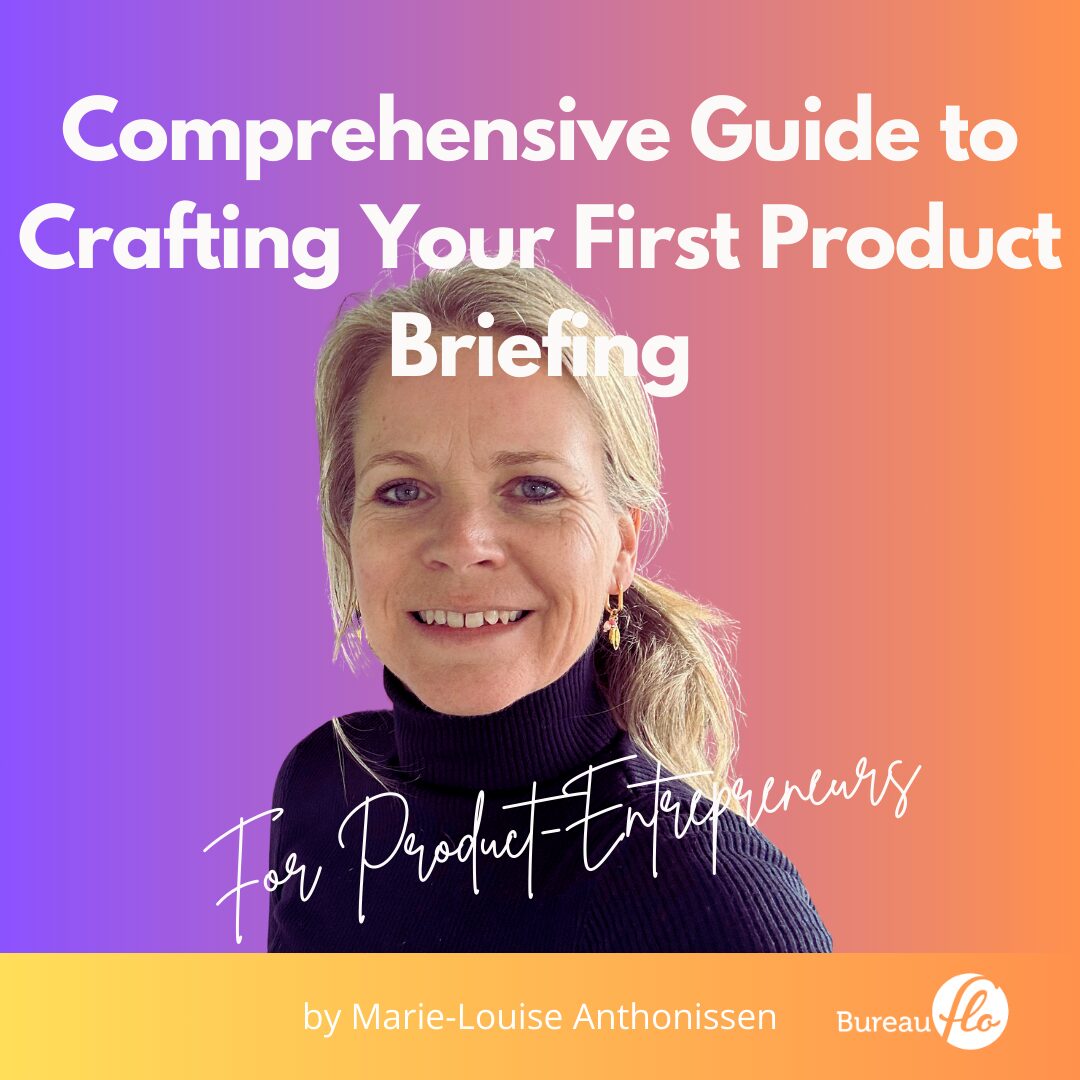Are you a product entrepreneur embarking on your first product journey or expanding your product portfolio with new additions? You might be in the phase where you’re defining your product concept, which can be particularly challenging, especially if it’s your first time. You don’t want to overlook important details; you want to brief your manufacturer, factory, or product designers in a very detailed manner from the start. In this post, we’ll delve into what makes a great product briefing and what it should include.
The Importance of a Detailed Product Briefing
Reflecting on my early days as a junior product manager at a large electronics manufacturing company, I recall feeling overwhelmed and uncertain about where to start with the product briefing. Fresh out of college, I was fortunate to have a template to follow. Over the past 25 years, I’ve worked on many such templates and developed numerous products, optimizing the process along the way. Today, I’m sharing the highlights of what your product briefing should cover to ensure a thorough and effective briefing for your product designer or manufacturer.
Steps to Create Your Product Briefing
- Step 1: Describe the Market Needs
- Start by outlining the market needs:
- Identify the Problem: What problem does your ideal customer face, and how can your product solve it?
- Target Market and Region: Describe where your target market is located and provide details about your ideal customer.
- Start by outlining the market needs:
- Step 2: Outline the Features and Benefits
- Next, detail the features and benefits of your new product:
- Feature Description: Be precise and detailed, as this information will be vital for your marketing efforts.
- Benefit Description: Explain how these benefits will be experienced by the customer.
- Next, detail the features and benefits of your new product:
- Example: If a customer wants reassurance, describe how they can see their child safe and asleep in their bedroom on the display of a baby monitor. Ensure it’s clear how benefits transfer from the product to the customer.
- Step 3: Describe the Look and Feel
- If you have a good idea about:
- Continuity in Product Range: Transfer certain looks and feel to new products if you’re expanding.
- First Product Ideas: Include details like blinking lights, LED colors, or housing materials early on.
- If you have a good idea about:
- Step 4: Develop a Product Concept Drawing
- Create a visual representation of your product:
- DIY or Hire: Draw it yourself if skilled, or hire someone affordable to make color and 3D drawings.
- Early Market Feedback: Use these drawings to brief manufacturers and get early feedback from potential customers
- Create a visual representation of your product:
- Step 5: Technical Requirements
- Include any known technical requirements:
- Regulations: Maximum voltage, usage of specific chemicals, storage conditions, etc.
- Operational Specs: Does it work on batteries or power? Include details about the product’s longevity, like validity dates for skincare products.
- Include any known technical requirements:
General Section: Logistics and Additional Elements
- Incorporate general information:
- Storage and Logistics: Minimum and maximum storage temperatures.
- Warranty and Accessories: Details about the warranty, accessories included in the box, and required documentation.
Purpose of the Product Briefing
- Your product briefing serves multiple purposes:
- Early Market Research: Validate your thoughts and get early market feedback to refine the product.
- Supplier Communication: Use the briefing to request quotations, ensuring suppliers understand the technical and financial feasibility of your product.
Final Thoughts on a Comprehensive Guide to Crafting Your First Product Briefing
Creating a comprehensive product briefing will complement your project business plan, which is crucial when starting a new product development.
Call to Action: Start drafting your product briefing now. Use my Comprehensive Guide to Crafting Your First Product Briefing. Refine it based on the feedback you receive and from your own insights. For more detailed guidance, join my upcomingmasterclass in September on creating a project business plan for a new product development. It’s free, 30 minutes long, and includes a workbook and PDF of the training. You can register at bureauflo.com or click here. Good luck with your product briefing!

+ show Comments
- Hide Comments
add a comment